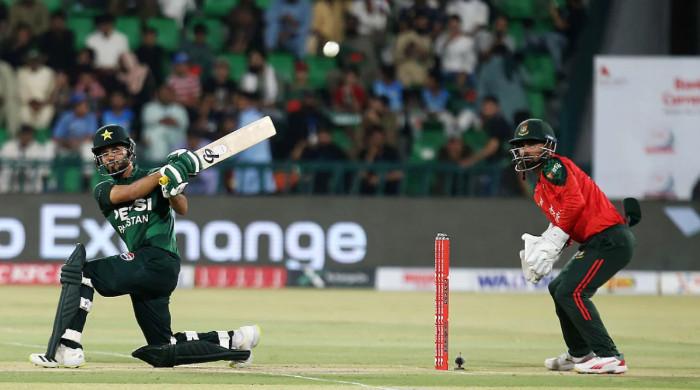ICC Updates T20I Playing Conditions: Powerplays Adjusted, Concussion Replacements Specified
The International Cricket Council (ICC) has unveiled modifications to the gameplay guidelines for Twenty20 Internationals (T20Is), focusing on adjustments to powerplay overs and regulations for concussion substitutes.
These revisions will be effective starting July 10, specifically for men’s T20Is.
Powerplay Calculations Refined
The most significant modification involves the calculation of powerplay overs in matches with reduced overs. Powerplays will now be determined to the closest ball, rather than being rounded to the nearest over. This change aims to keep proportionality closer to the standard 30% seen in a full 20-over innings.
Currently, the initial six overs constitute the powerplay. However, the prior rounding method in shorter games risked creating disproportionate fielding restrictions. The new system ensures greater accuracy.
Powerplay Adjustments by Match Length
- 5 overs: 1.3 overs (1 over and 3 balls)
- 6 overs: 1.5 overs
- 7 overs: 2.1 overs
- 8 overs: 2.2 overs
- 9 overs: 2.4 overs
- 10 overs: 3 overs
- 11 overs: 3.2 overs
- 12 overs: 3.4 overs
- 13 overs: 3.5 overs
- 14 overs: 4.1 overs
- 15 overs: 4.3 overs
- 16 overs: 4.5 overs
- 17 overs: 5.1 overs
- 18 overs: 5.2 overs
- 19 overs: 5.4 overs
Previously, an 8-over innings had 2 powerplay overs, and a 9-over innings had 3. The updated method provides calculations like 2.2 and 2.4 overs respectively, maintaining the powerplay percentage near 30% of the innings.
According to the ICC, this calculation method has been successfully implemented in England’s T20 Blast for several years. The ICC Men’s Cricket Committee has approved this method for future use.
For instance, in an 8-over game, the umpire will signal the end of the powerplay after 2 balls of the 3rd over, allowing three additional fielders to move outside the inner circle.
Concussion Replacement Rules
The ICC now mandates that all concussion substitutes in men’s T20Is must be identified before the match begins. This promotes fairness, preventing advantages for home teams that may have larger squads.
Examples of potential replacements include: One wicketkeeper, One batter, One seam bowler, One spin bowler, One all-rounder.
The ICC acknowledges that Associate Member teams may face challenges nominating five specific concussion substitutes, especially when playing abroad. To address this, the system for Associate Member T20Is will accommodate these constraints.
Teams may nominate a batter as the replacement wicketkeeper. The referee can then decide whether the nominated batter must keep wicket if used as the replacement. Alternatively, the referee may permit another player from the starting XI to keep wicket, but this remains at the referee’s discretion to ensure a like-for-like replacement.
Ball Condition Clause
A new rule addresses the condition of the ball. If saliva or any unauthorized substance is intentionally applied to change the ball’s condition, it will be replaced automatically. This aims to deter teams from manipulating ball replacements.
The ICC has clarified that these modifications currently apply only to men’s T20Is. Updated playing conditions for women’s matches are anticipated in October 2025.



Comments (0)
No comments yet. Be the first to comment!
Leave a Comment